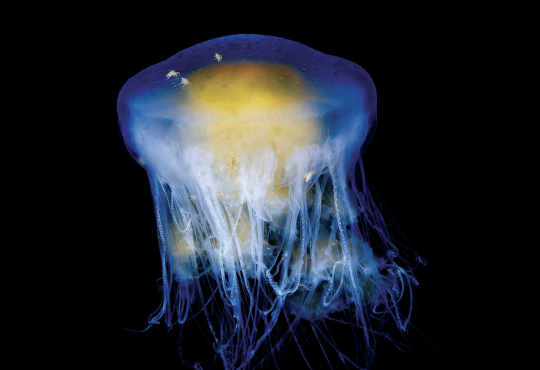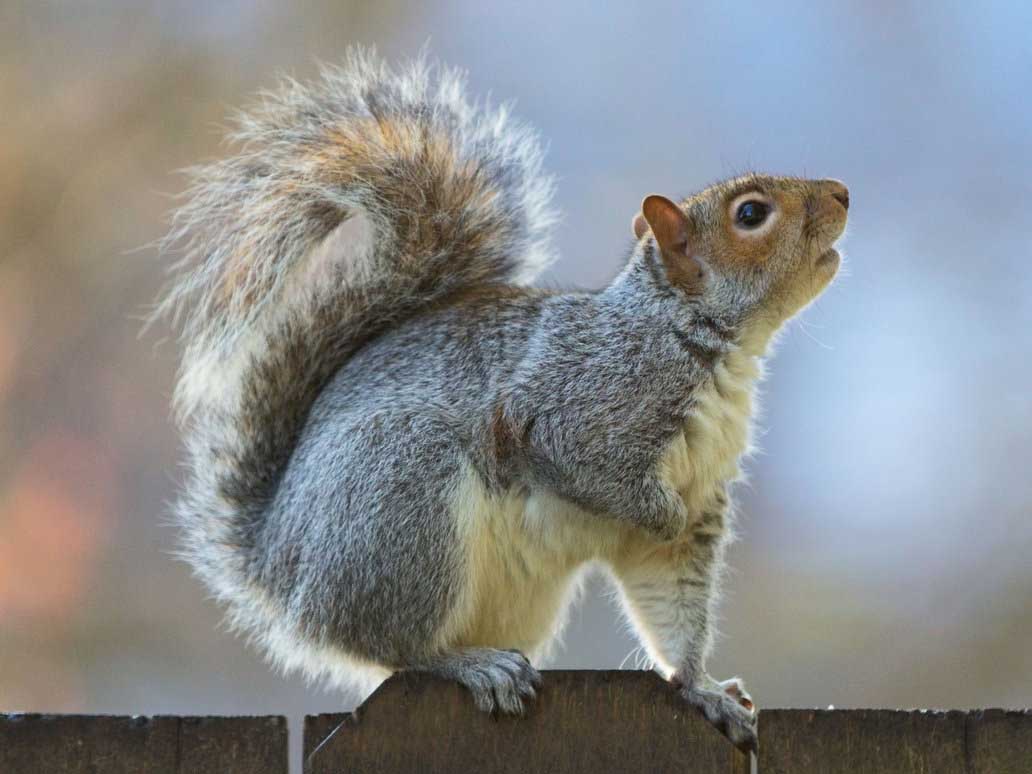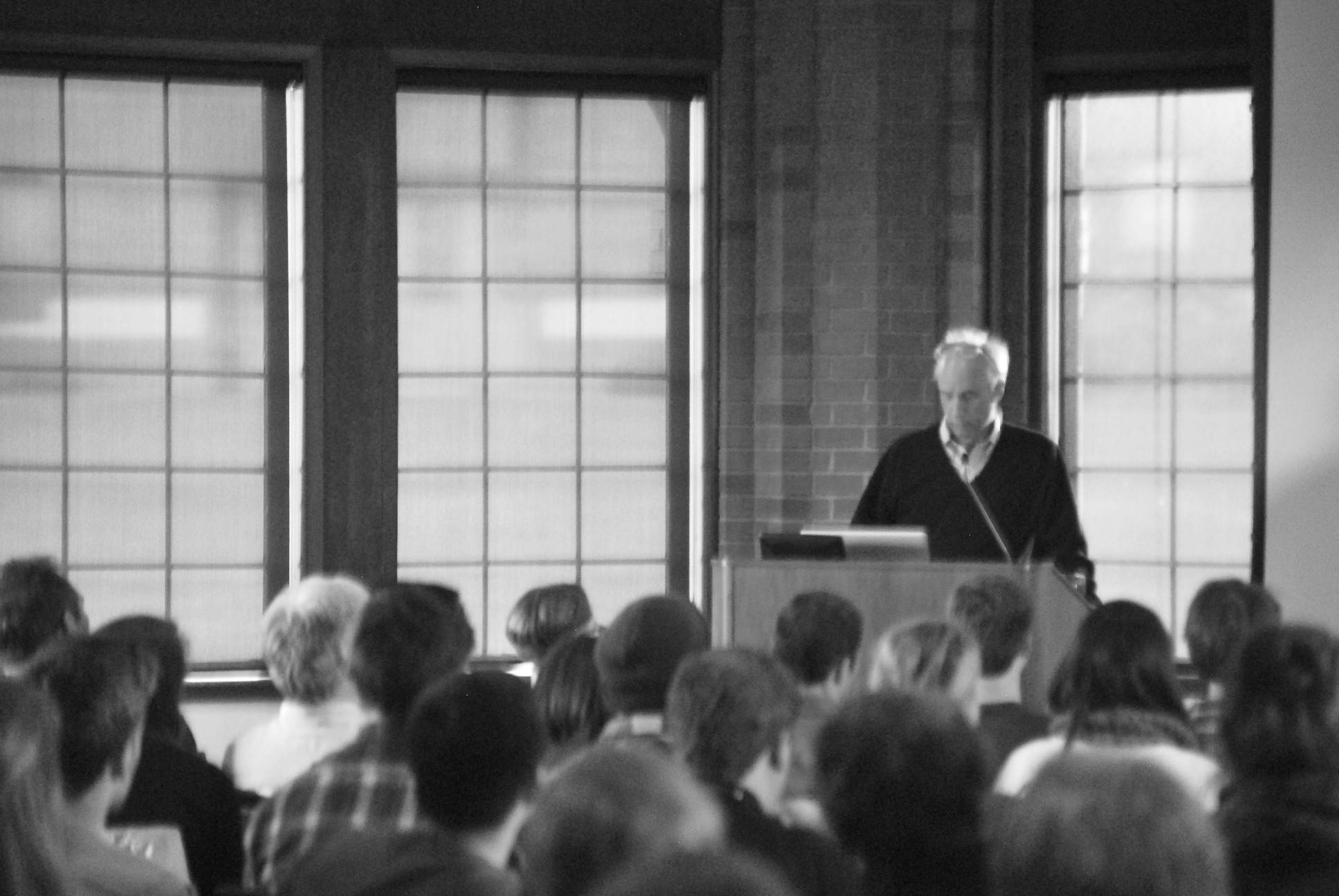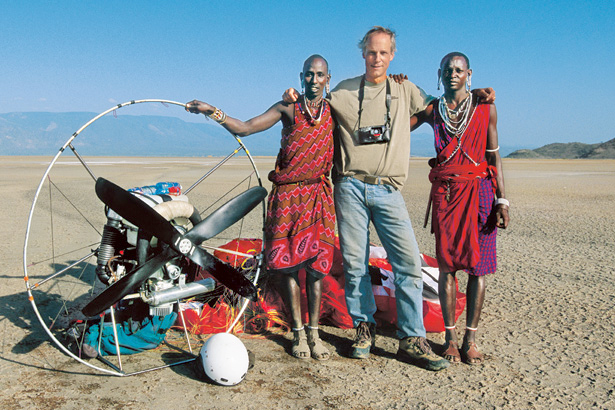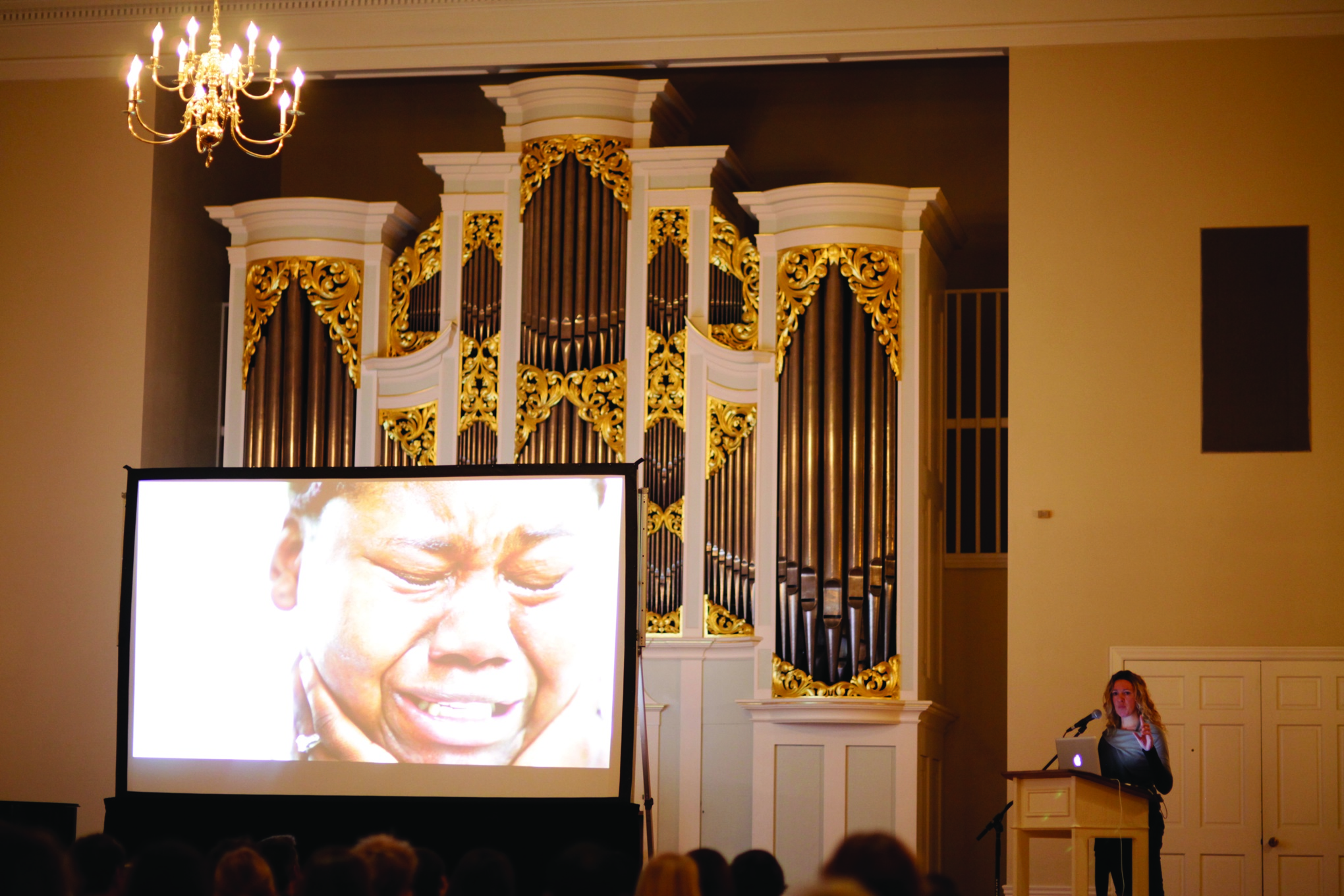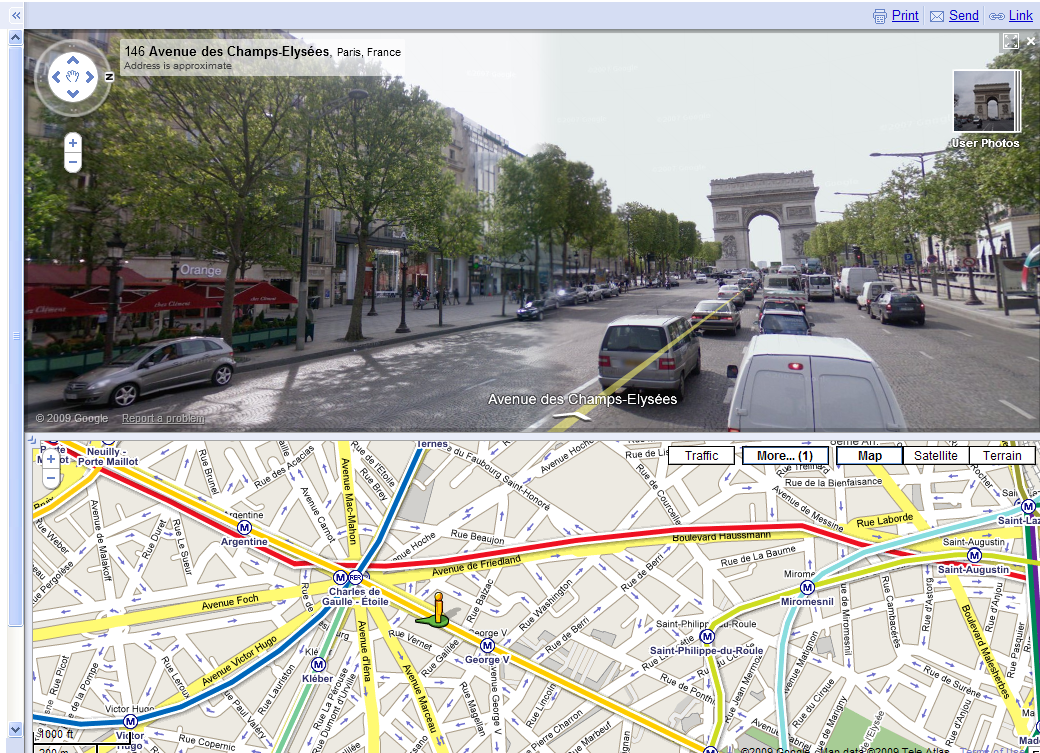
Debating over whether photography is a sport of adventure or of editing skill is a common and sometimes roundabout dispute. While critiquing art may not be my forte, can we not all agree that, in the end, it is the finished photo and the opinion of the viewer that will determine whether or not the work is decent?
Some have successfully found a way to use a new genre of “Google map photography” as a source for bringing up that very debate.
Unofficially, this new genre of photography is characterized by using Google maps as a way to capture the world around us. One simply looks up a location and scrolls through street view to find an interesting subject, building, or moment. While not yet highly publicized or talked about, its popularity is rising.
Recently on display in New York’s Museum of Modern Art and Paris’ Le Bal, A New American Picture created by Doug Rickard is a series of photographs taken throughout economically devastated parts of America. Planned or not, the set is ironic because it depicts American poverty taken via one of the country’s richest companies: Google.
Rickard’s work deserves a moment of appreciation. His methodology was not to randomly pick a location to photograph, but instead to locate places he had been before and edit these photos in a fashion not seen since the 70s. Additionally, his timing was impeccable given our country’s current economic situation. But with much respect to Rickard, it is not his work in particular I would like to focus on.
It is the online discourse surrounding these photos that is irksome.
Some are concerned over the laziness of an artist who just clicks a button on Google maps instead of wiping the sweat off her brow as she explores urban jungles searching for the perfect composition. Some argue that a photographer should be able to transcend life experience through the lens of a camera, the expression of inner creativity contingent on the process those photographers have historically utilized in their craft. In other words, in an eerie transcendental fashion, the photo causes the viewer to feel as if they have the eyes and physical sensations of the photographer at the exact moment the photograph was taken.
This is not an uncommon conception, given that cinematography and even the art of reading unnaturally projects a viewer into the piece of work itself.
However, the idea that a viewer can only derive pleasure from a photograph if they can tap into the photographer’s experience is an idealized notion. How often is that actually the case? Some photographs are quite difficult to relate to, and the feelings one gets from photographs are entirely subjective. Some view a photo more for the theme rather than for the artistic integrity of its maker.
Google map photography is, however, one of the most lackadaisical forms of photography that I have seen yet. Additionally, the approach to capturing the nitty-gritty reality of the world with the use of sources such as Google maps is not artistic genius.
Maybe it is my blissful ignorance to the area of art in which photographers and editors are divided. Photography, much like any artistic medium, has a methodology, a history and passionate defenders of its heritage. However, I find little worth in getting riled up over the rise of “internet art” when it lacks any brilliance to begin with.
PHOTO COURTESY / GOOGLE

